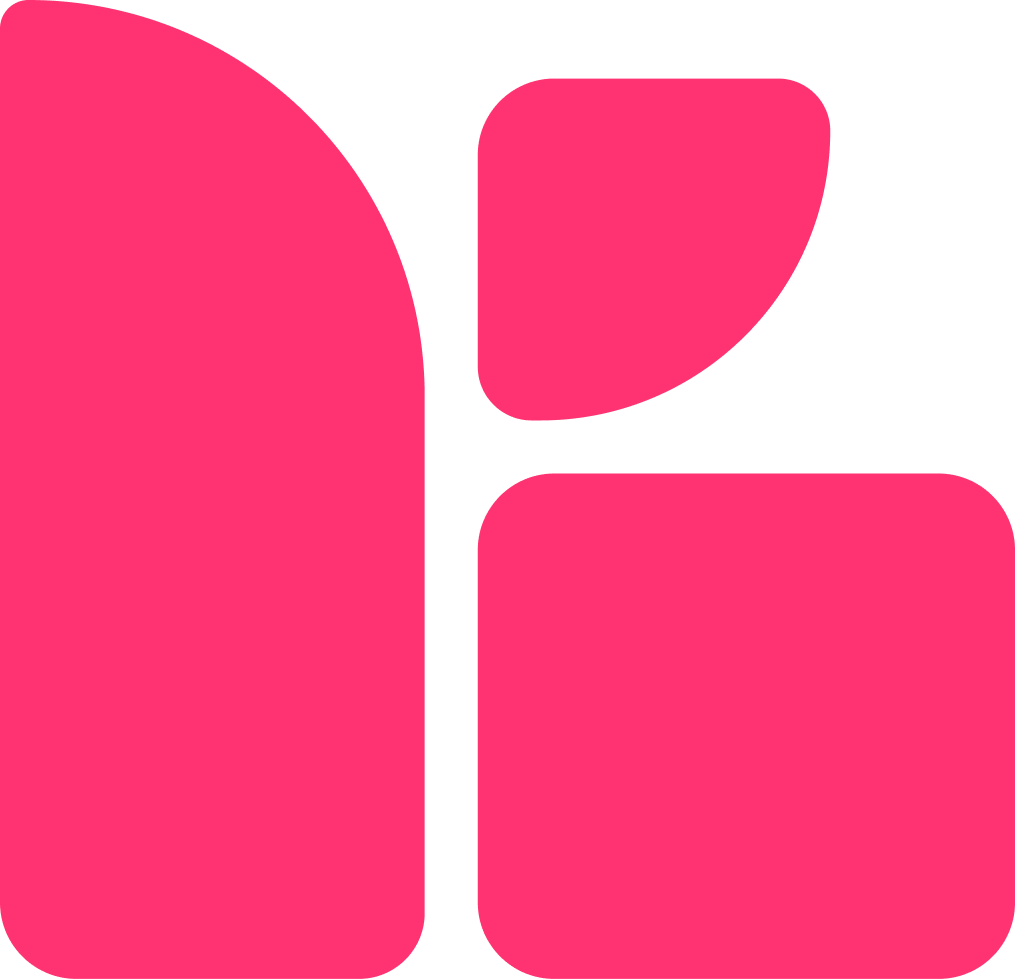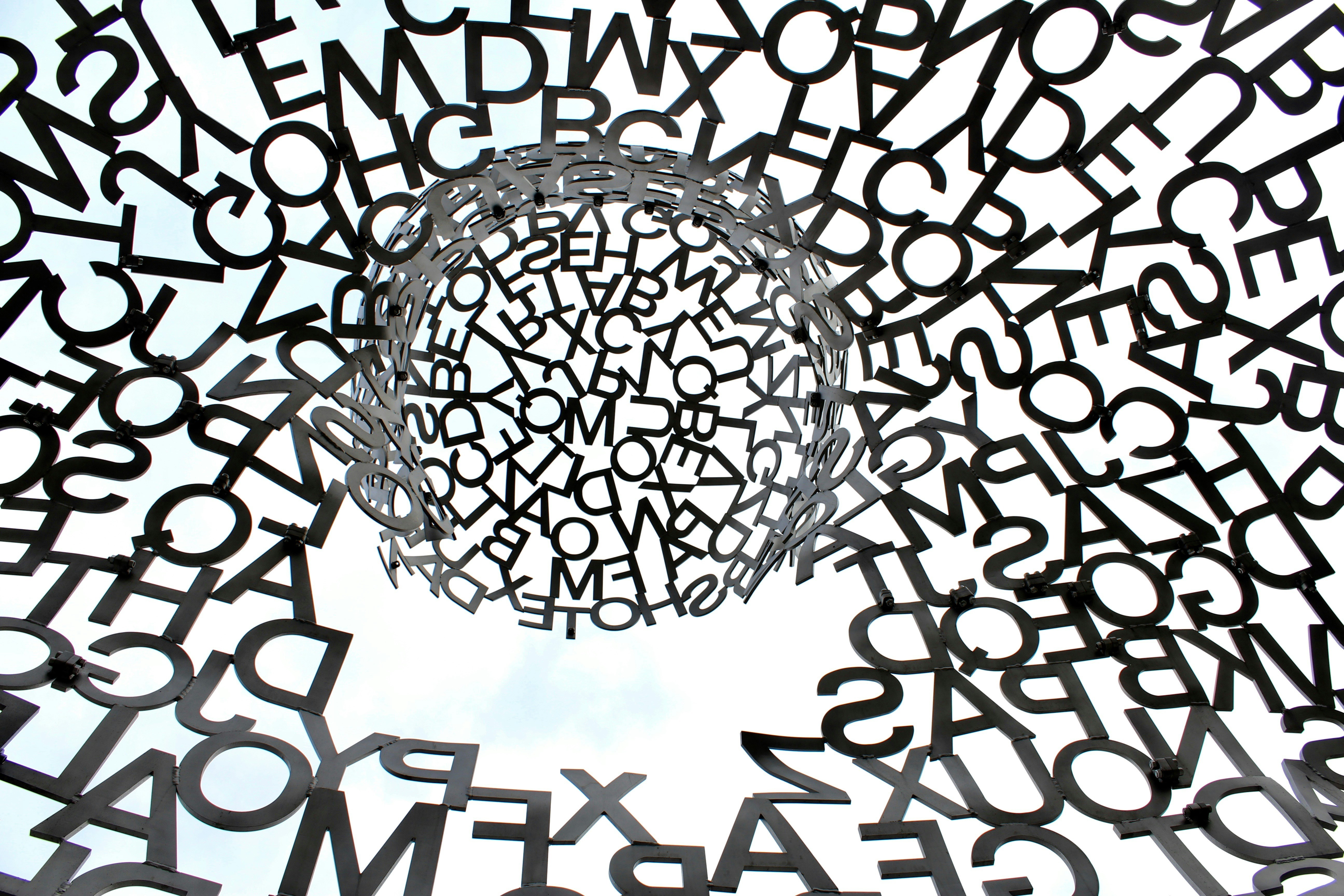Typography
A typography problem
Is typography (or font, depending on the end result of your project) selection problematic? It could be! Do you need to acquire special skills for this? Not really. Let’s dive in!
Chronicles
When I first started designing websites for my educational projects, I was always lost. There wasn’t enough information on how and where to find a good font or typography to use. And not all my questions were answered by my mentors. I used to ask things like, "What is considered a good font?" or "How can you tell that Raleway would be a bad decision for this design?". Quite frankly, most of these questions were ignored, and I’m not particularly mad about it. Judging by how I make decisions now and my point of view on font selection, I wouldn’t have had a direct answer either.
With my lack of knowledge and skills back then, I was left scrolling through Figma’s font base or Google Fonts, trying to fetch something more exquisite than Montserrat. Honorable mention to this font! It’s considered a "straight to jail" one in some designer circles. If you ask me for an explanation, it won’t be very broad or technical. All I can say is that it’s extremely overused and dated.
Honestly, I can’t even explain (or remember) how I couldn’t find a reasonable modern font back then. Those years are a bit blurry now. But what I can definitely say is that with time, my mindset and eye started catching certain details.
Exposure
Exposure is key! The phrase "That’s a good font!" rolls off the tongue so naturally today. My mom even laughs and points out that she knows I have a thing for fonts. Sometimes I even take photos of different typography on the street to look up a certain font I found when I was out and about. I don’t want to claim that I’m a typography expert, but I’m certain I adore picking up the details of a certain letter and finding how a little element elevates it.
So, what about that exposure? To be exposed, you need time and an interest in taking a moment to contemplate what you’re looking at. The best way would be browsing award-winning websites and tracking what the designers used there. Catching a little detail and trying to understand if you like it. Putting several fonts of the same phrase side by side and comparing them. But please don’t try that last technique on Google Fonts, or you’ll get dizzy from constant scrolling through dozens of font samples.
Selection
Before deciding on a particular font/typography selection, you might need to consider several things:
What mood do you want to set for the user?
Typography is one of the design essentials that might either complement its spirit or bring it down. For instance, if you’re designing something corporate-related, it would be better not to use something as cheerful (and childish, in a good way) as Nunito.Will this font be used in more than one language?
This is a very important part to consider. As a beginner, I designed a lot of content in Ukrainian, and sometimes a perfect English-supported font looked either poorly designed or had no Cyrillic support at all.Is this for commercial use or a personal project?
With personal projects, you can do whatever you want! And that’s great. But with commercial ones, it’s vital to check all the licenses and fine print before broadcasting a project with a font you might have missed that needs to be paid for.
Fetching
Now for the fun part! Where to find all the magical beasts… sorry… the magical fonts.
As mentioned before, Google Fonts is a marvelous source. All fonts there are free, which is the main advantage. Google also helps you with setting up a font for development, with all the codes and instructions. Overall, it holds a decent amount of modern typography for you to use.
Adobe Fonts is great as well. Thousands of different moods and interesting details can be picked up there. But please note that it’s not free for commercial use unless you have an Adobe license.
Finding an interesting font online (or offline) and then checking the licenses and all the nitty gritty is valid too. I do this myself, but I usually get disappointed because all my picks are "not free for commercial use".
And my favorite! Though, you might think it’s controversial to what I mentioned above. But my favorite source is Pangram Pangram (PP). You can download several fonts one by one for free or download a huge package with payment (which is actually what I did). And with that package, you have all the creative tools to design personal projects. Using PP fonts for commercial projects requires a separate license agreement. But I would still highly recommend this source because it has a great selection of well-designed fonts (spacing, height, weight), they are multi-language supported (which is displayed on their website), and they are just extremely cool. I can’t find another word—they’re just cool.
Let's sum it up!
I’ll keep this short and sweet. Deciding on a particular font doesn’t require you to be an expert; it just requires you to pay attention to various details mentioned above!



